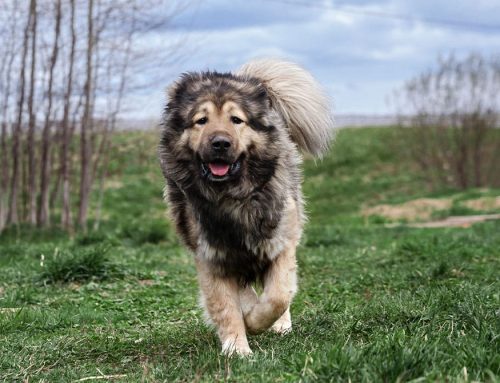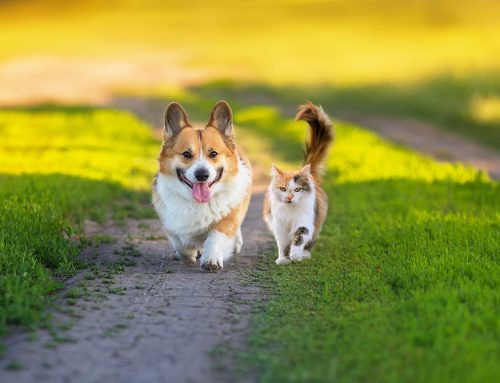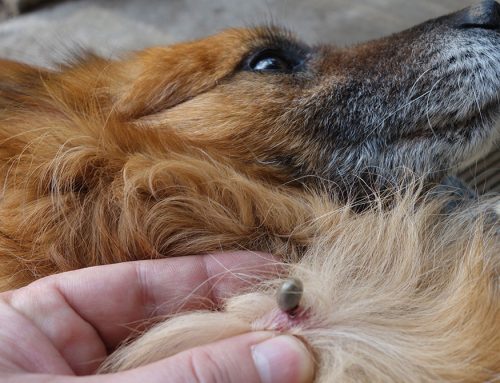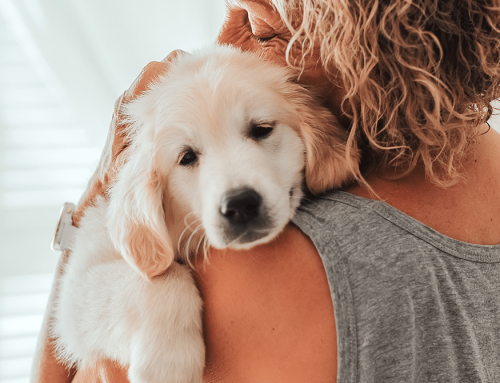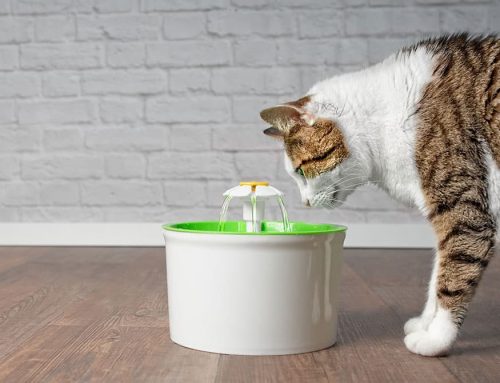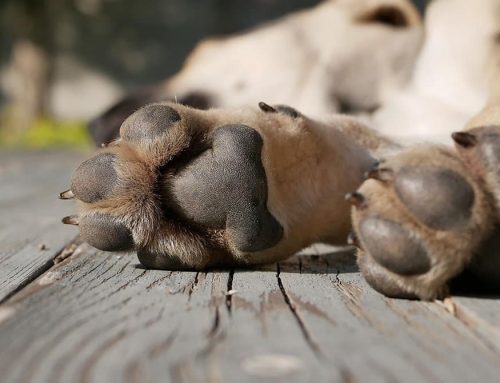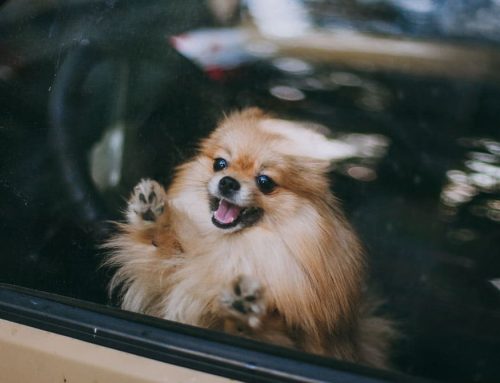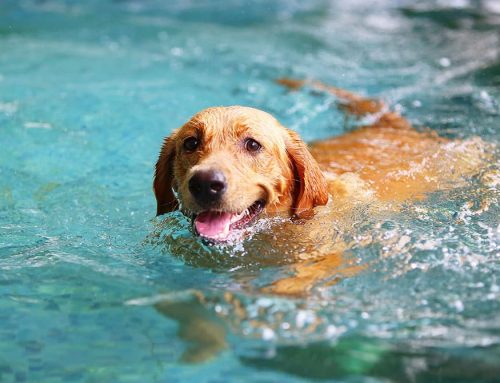It is time to give our dogs the recognition they deserve! August 10th is National Spoil Your Dog Day! This is an excellent time to cherish the love you share with your dog and to enrich their lives further through toys, treats, and adventures.
Enrichment plays a vital role in your dog’s emotional and physical being, as does maintaining good healthcare, pet insurance, socialization, and training.
What is Enrichment?
Enrichment is defined as offering experiences and opportunities that encourage their natural, healthy behaviors. This leads to enhanced physical and emotional welfare. If you think about it, this is very similar to what we do as humans. We enrich our lives by getting a sweet treat, or going shopping. It is common for humans to go on vacation or take a trip to a new place to explore a new environment. This is exactly what our dogs want! When thinking about enrichment, we can separate it into two categories: environmental and social.
Environmental Enrichment
For environmental enrichment, you can add novel items into your dog’s space. These include chew and squeaker toys, food puzzles, exercise, and areas to smell/explore. One of the simplest ways to enrich your dog’s environment is by taking them on routine walks. Short and long walks are both beneficial in providing exercise, sunlight, and new scents to smell. Food puzzles are another great way to enrich your dog’s day to day life. There is a large variety in what is available for purchase from a store, however, you can also make your own puzzle feeder at home. A quick and easy puzzle feeder can be made from a paper towel cardboard tube. Place kibbles inside the tube, and then fold the ends of the tube so that it stays closed. Your dog will have a great time figuring out how to open up this tube to get to the kibbles inside. Snuffle mats are another great enrichment tool. They look like shaggy rugs. The idea with these mats is that kibble is hidden among the shag and dogs can forage to find the pieces. This is stimulating for them and reflects the natural way they would search for food in their environment instinctually. Another way to mimic this hunt for food in the wild is through a scavenger hunt for your dog. Hide treats, food items, and toys in the house (or in your yard) and allow them to find them on their own. Start by hiding things nearby their common areas and expand out from there.
Social Enrichment
Social enrichment comes into play with other animals and humans. Positive social interactions create confidence and familiarity in your dog with meeting new people and animals, and what they can expect. When first introducing a new person, have them sit or crouch on the ground, do not have them bend over the dog. Allow this person to stick their hand out, palm down, for your dog to approach on their own and sniff if they would like. Once the dog is approaching the new person, to help create the positive experience during socialization, have the new person begin to offer your dog’s favorite treat. This will help your pet acclimate to this new person, by recognizing they are providing a positive experience.
With other animals, introduce your dog slowly and on a short leash. Arrange for play dates with known dogs. It is important to know the health status of the pet your dog is playing with. Ensure that the other dog is vaccinated and not experiencing any symptoms. Familiarize yourself with reading dog body language. Fear Free Happy Homes offers this video that showcases varying behaviors and what your dog is trying to tell you. You want to be able to listen to your dog by reading their body language and assessing the behavior seen. This will help you to determine their level of stress and alleviate that for them, often by removing them from the situation and allowing your dog to take a break. Be aware of these behaviors in the dog that your pet is playing with as well, because their owners may not be able to recognize interspecies communication the way you can.
Training
Positive reinforcement training is a great way to improve the bond between you and your pet.
Dogs can learn new tricks at all ages! Positive reinforcement is rewarding your dog with a treat
for doing what is asked of them. A helpful tool in training is a clicker, used to teach clicker
training.
Clicker training is taught by requesting an action from your pet, and when they perform the requested action you click the clicker, wait a moment, and then reward them with a treat. After repeatedly asking for the action with the clicker, your pet should learn to perform that action when given the command and when they hear the click. Always reward them for this cooperation. This is a great way to teach sit, lie down, crate, stay, shake, speak, and fetch. This is also mentally stimulating for dogs and helps with providing enrichment.
Once your dog has learned these commands, you can use these as additional enrichment when walking. While on a walk, request your dog to lie down when they see another dog. If you are about to cross the street, ask your pet to sit for 15-seconds and then continue across the road. This creates more control over the situation for you and your pet when outside elements in the environment may have an impact on your dog’s fear, anxiety, and stress.
Maintaining Good Healthcare
The most important aspect of spoiling your dog is maintaining good healthcare. This includes annual wellness visits, and bi-annual after the age of 7. At these annual visits, vaccines are kept up to date, labwork panels are run, and any concerns are discussed with a veterinarian. By catching medical conditions as soon as they occur, we are often able to alleviate and prevent further issues. Routine dental cleanings are also important to discuss at the annual visit. A sore mouth or painful tooth can significantly impact the way your pet feels day in and day out. Your veterinarian should examine your pet’s mouth during this appointment and will be able to determine whether or not it is time to have a dental cleaning performed.
Pet Insurance
We highly encourage our clients to enroll their pets into pet health insurance. Pet insurance is meant to help cover medical expenses when your pet becomes ill or has an accident, and some cover wellness services too. You want to be sure that you choose the best plan for you and your pet’s lifestyle. Many plans focus heavily on accident and emergency procedures. We recommend utilizing Pawlicy Advisor. This website will take your pet’s information and match you up with the best plan for you and your pet based on your preferred covered procedures.
Pet insurance is similar to human health insurance, but not the same. Pet insurance does have premiums, deductibles, and maximum payouts. There are also waiting periods that define when coverage starts. This will vary depending on the insurance company.
Pet health insurance differs from human medicine in several ways:
- Pre-existing conditions are not covered
- You are reimbursed for services, and will be required to pay for the services the day of your pets procedure. You will then file a claim and the insurance company will provide reimbursement depending on your personal plan.
- Pet insurance companies do not use networks, so you can use pet insurance with any licensed veterinarian in the United States.
Spoiling your dog starts with providing them an enriched, safe environment that offers stimulating toys and puzzle feeders. It continues into teaching your dog how to confidently and comfortably meet new people and animals, while assessing your dog’s behavior with them to address any fear, anxiety, and stress before it escalates. Exploring the world through leashed walks and smells enriches your dog’s natural desire to investigate. The most important way to spoil your dog is to maintain good healthcare. Provide necessary vaccines, labwork, and procedures to spoil your dog in the best way possible: with a healthy, happy, and enriched life


